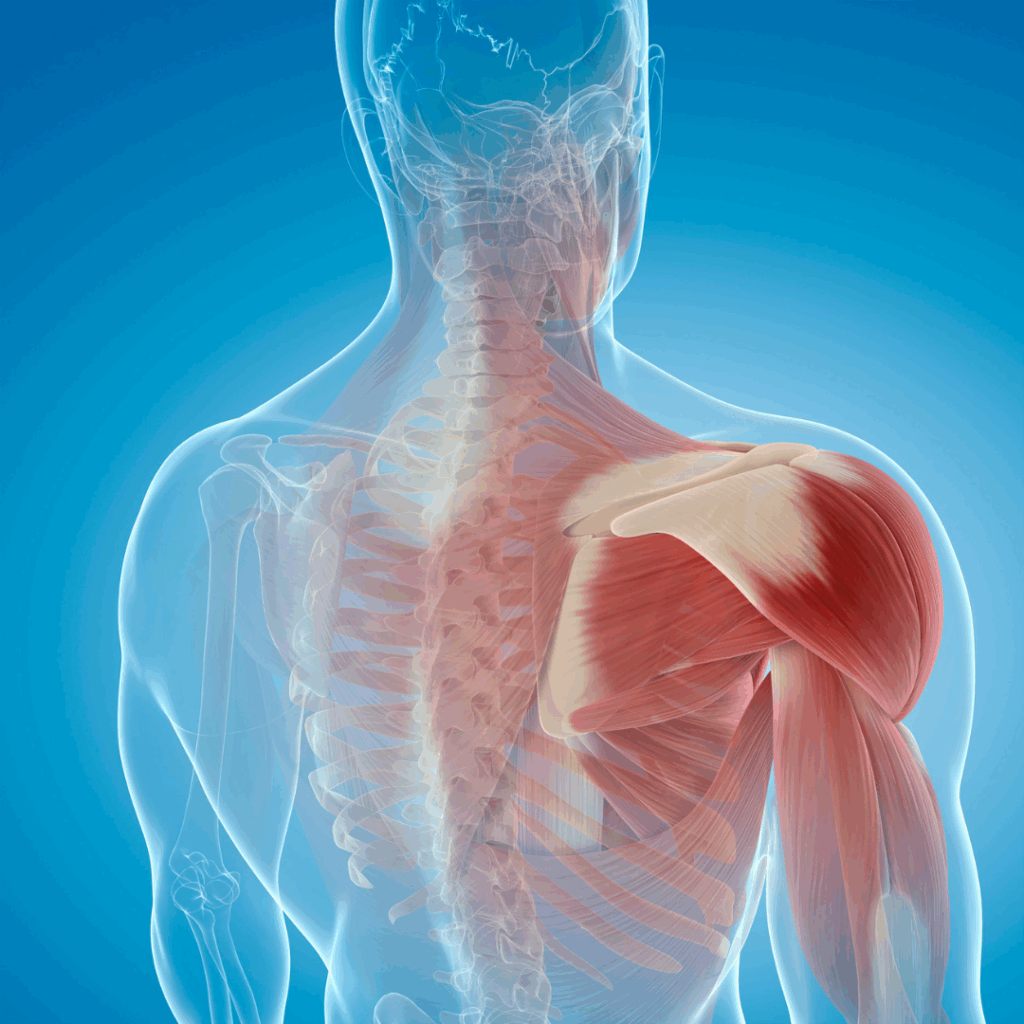Understanding Body Composition: Lean Body Mass vs Muscle Mass
When it comes to tracking your health and fitness progress, the number on the scale only tells part of the story. That’s why body composition is so important, it helps you understand what your body is actually made of, beyond just weight.
But terms like lean body mass and muscle mass often get mixed up. Let’s break down what they really mean, with some real-world examples of how they show up in everyday life.
What is body composition?
Body composition refers to the proportions of fat, muscle, bone, water, and other tissues in your body.
Think of it this way:
Two women both weigh 160 lbs and are the same height, but one has a much higher percentage of muscle and lower body fat. Even though the scale shows the same number, their bodies look and feel very different.
That’s the power of body composition, it reveals what’s really changing as you improve your health.
What is Lean Muscle Mass?
Lean body mass (LBM) is everything in your body that isn’t fat.
Lean Body Mass (LBM) = Total Weight – Fat Mass
This includes:
- Muscles
- Bones
- Organs
- Body water
- Connective tissue/Skin
The two biggest factors that influence lean body mass are body water and muscle mass. A sudden increase in lean body mass doesn’t always mean you’ve gained muscle, it could simply be fluctuations in body water.

Imagine a man who starts a weight-loss program and drops 15 pounds. When he checks his body composition, he finds he lost 10 pounds of fat and 5 pounds of lean body mass. Some of that lean mass could be water, but some could also be muscle which isn’t ideal.
Muscle gains definitely contribute to LBM gains, but so does water, which can fluctuate throughout the day depending on hydration status, diet, and physical activity.
That’s why simply focusing on “weight loss” without paying attention to what kind of weight you’re losing can backfire.
What is Muscle Mass?
Muscle mass refers specifically to the weight of all the muscle tissue in your body, primarily your skeletal muscles, which help you move, lift, and support your metabolism. This is the type of muscle you can actively build through proper exercise and nutrition.
When people talk about “building muscle” with strength training and protein, they’re really referring to skeletal muscle mass or muscle mass.
Overall, muscle mass includes three types of muscle:
- Skeletal Muscle: the voluntary muscle you can grow and strengthen through training and nutrition
- Cardiac Muscle: the involuntary muscle of the heart
- Smooth Muscle: the involuntary muscle found in organs and blood vessels

A woman starts strength training three times a week and eating more protein. Over 3 months, her scale weight stays the same but her body composition shows she gained 6 pounds of muscle and lost 6 pounds of fat.
She looks leaner, feels stronger, and her clothes fit better, even though the scale didn’t budge.
Why the Difference Matters?
Knowing the difference between LBM and muscle mass helps you track progress more accurately and adjust your plan as needed.
- If your lean body mass goes up slightly, it could just be from extra water (maybe from inflammation or a salty meal), not necessarily more muscle.
- If your skeletal muscle mass increases, that’s a clear sign you’ve built muscle which boosts your metabolism, strength, and appearance.
- If your weight drops quickly and you also lose muscle mass, that could leave you feeling weaker, slower, and more likely to regain weight later.
Increasing Muscle Mass
To improve your muscle-to-fat ratio:
- Focus on strength training at least 2–4 times a week
- Eat enough protein (some trainers and nutritionists use different methods, its best to consume 0.7–1 gram per pound of lean muscle mass)
- For a 168-lb person with LBM of 96-lbs would mean to eat 67-96 grams of protein/day
- Include lean meats, eggs, dairy, and legumes
- Avoid extreme calorie restriction, which can lead to muscle loss.
- Its best to maintain a slight caloric surplus (eating more calories than you burn) to support muscle gains without excessive fat).
- Stay hydrated. Muscle mass is 70–80% water so dehydration can reduce muscle performance and recovery.
- Sleep 7–9 hours per night to allow muscle repair and growth.
Step On, Learn More: Quick & Insightful Body Composition Testing

Understanding your body composition and the difference between lean body mass and muscle mass helps you focus on the quality of your weight changes, not just the number on the scale.
It’s the difference between feeling skinny but weak… and feeling strong, lean, and healthy.
At Tucson Wellness MD, we offer advanced body composition analysis with our InBody machine to help you truly understand what your weight is made of. The next time you visit, take just a few minutes to step on the machine and gain valuable insights into your body fat, muscle mass, and overall health.